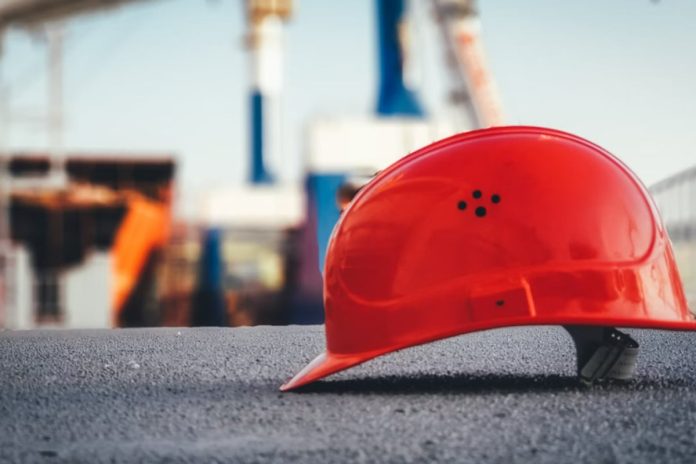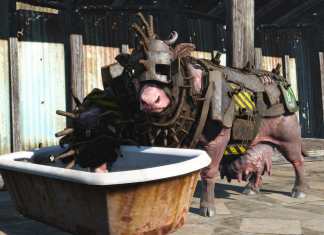Up in Yuba County, a cluster of five three-bedroom concrete houses is taking shape north of Sacramento — not with lumber and nails, but with a towering robotic nozzle pushing out layers of wet mix. The micro‑development, nicknamed “Corduroy Castles,” is a pilot by local developer 4Dify that county officials and builders say could prove faster and cheaper than traditional construction. If the math pencils out, the same approach could head to Sacramento next.
As reported by The Sacramento Bee, the Olivehurst build used an SQ4D robotic printer that lays roughly one‑inch‑thick bands of concrete. The company told the paper it took about 24 days to print the shell up to 13 feet high. The Bee also notes Yuba County required special inspections — including daily sampling of the on‑site concrete mix for permitting — and developer Nan Lin told the paper that wall samples underwent ballistic tests. The Bee reported the three‑bedroom, two‑bath homes are expected to list between $350,000 and $375,000.
Designers leaned into the ribbed texture instead of hiding it. As detailed by The Architect’s Newspaper, Endemic Architecture shaped hooded windows and stepped parapets so the homes read as intentional design, not just construction artifacts. 4Dify’s project page notes the units are about 1,000 square feet, that the team can print insulation within wall sections, and that the developer expects to print the remaining homes two at a time, with an estimated 40‑day timeline for the first unit.
How the printers change the math
SQ4D’s ARCS system can print slabs, footings, and interior and exterior walls on site, which removes many framing and sheathing steps that drive conventional builds, the manufacturer says. Company press materials and early projects documented multi‑day print milestones in New York to show the core technique. That doesn’t eliminate the finishing, utilities, or roofing work that follows, but automation proponents argue the method cuts labor, waste, and some material costs.
Is Sacramento next?
Developer Nan Lin has told reporters 4Dify is eyeing a bigger regional footprint — including a Sacramento project in the design phase and larger Southern California commitments — and plans to scale equipment to produce more units. The company’s project listings show several local design‑phase efforts, suggesting a pipeline beyond Yuba County.
Local impacts and hurdles
Regional planners have pointed to the Yuba pilot as a local innovation; the Sacramento Area Council of Governments highlighted printed homes as jurisdictions test tools to speed housing production. SQ4D and 4Dify emphasize concrete’s fire and pest resistance as a regional selling point. Still, permitting, inspection protocols, financing, and mortgage underwriting are practical barriers to scaling.
For Sacramento, the test is whether printed homes can be permitted, financed, and insured at price points that make them meaningfully more affordable than stick‑frame builds. For now, Yuba’s five‑home experiment gives planners and builders a visible case study — and something to watch as developers push automated concrete printing into bigger local projects.








